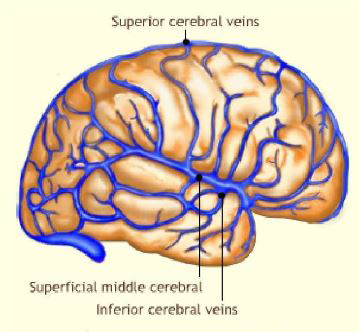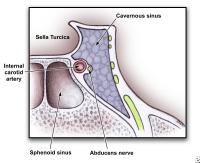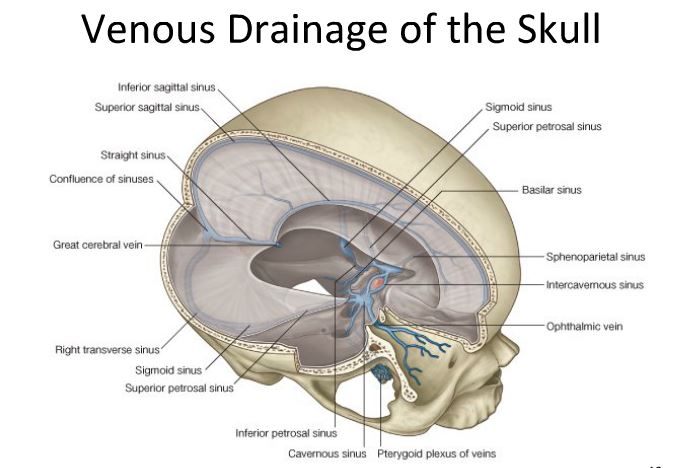Cerebrospinal Fluid The brain and spinal cord float in the cerebro-spinal fluid (CSF), a salty fluid within the meninges. CSF is also present in the central canal of the spinal cord, in the space between the brainstem and cerebellum (fourth ventricle), in the lateral ventricles within each cerebral hemisphere and in channels that connect them (the aqueduct and third ventricle). The nervous system develops from a tubular structure in the embryo called the neural tube. The central cavity of this tube remains in adults as the central canal of the spinal cord. |
Cerebral Ventricles In the brainstem the canal opens out into the cisterna magna and fourth ventricle. In the midbrain it can be seen as a CSF-containing tube in the aqueduct, which expands into the third ventricle at the level of the thalamus. The lateral ventricles are extensions of the third ventricle, connected by channels, the interventricular foramina, sometimes called the foramina of Monro, named after the Edinburgh anatomist. |
||
|
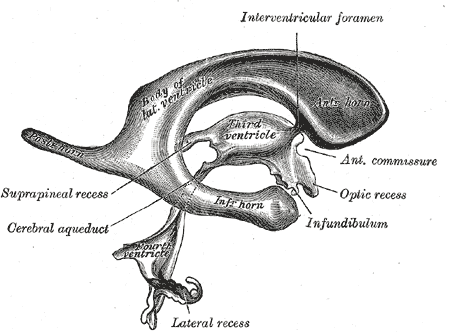 * * |
||
 *
*
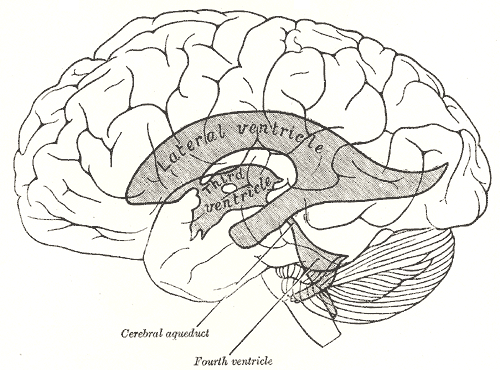


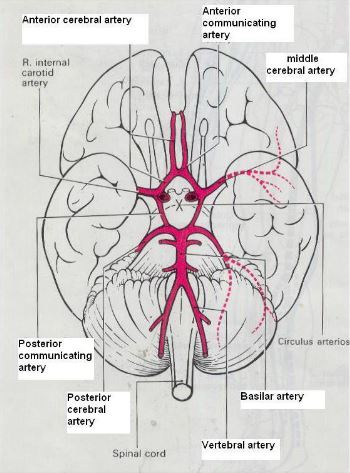 *
*
